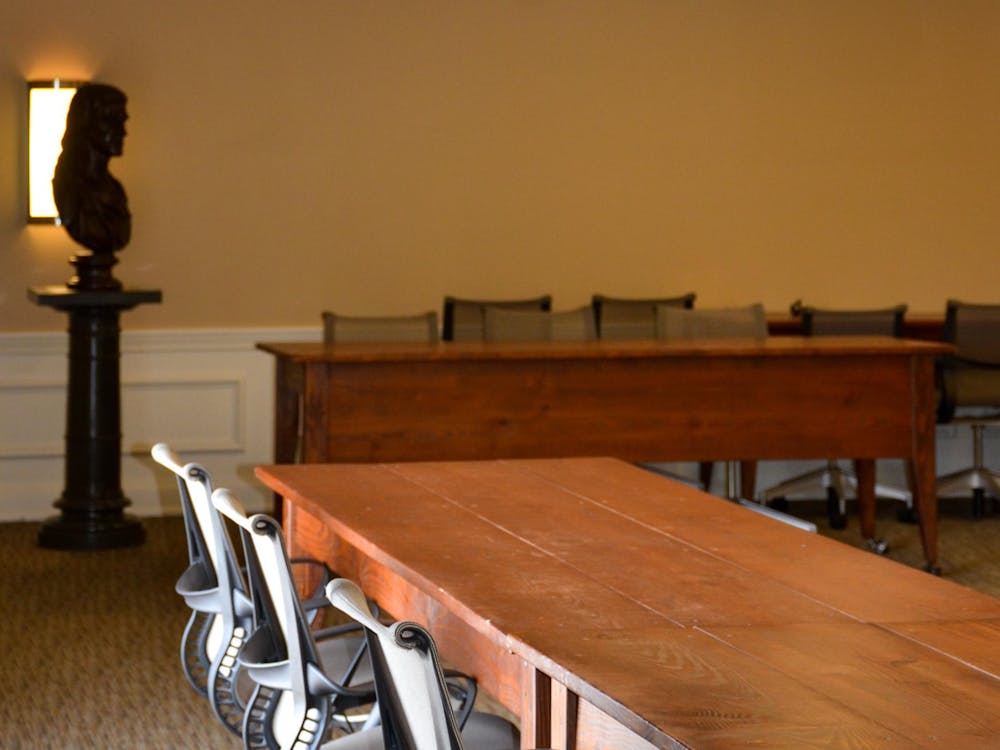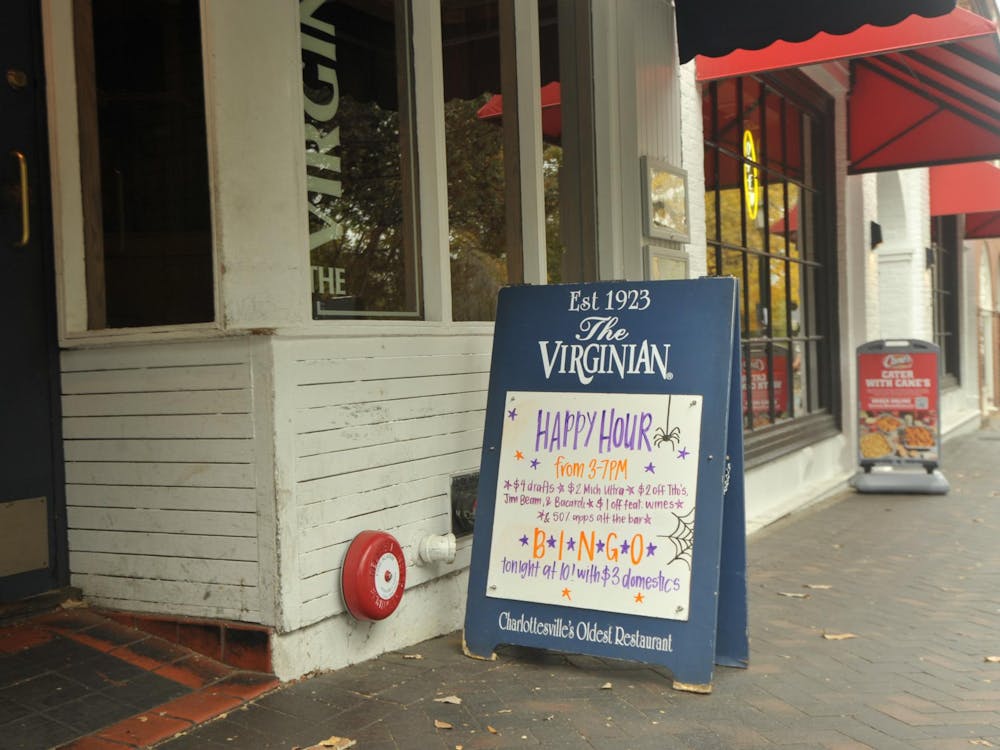Traditionally stuck to walls, benches, columns and even the ground, flyers have long dominated the University's landscape as they advertise everything from rallies to choral sings to birthdays. Yet the flyers also are known to pose some problems around Grounds, prompting the Office of the Architect to develop plans for possibly placing information kiosks around Grounds.
The process of developing kiosks is still in the planning stage, but the idea was created to address the issue of the extensive clean-up process that is often required because of the mass quantities of flyers that wallpaper Grounds.
"We have been in touch with numerous people on Grounds, including those in student government, about the posting policy and how to better manage that so that we don't have as much 'litter' about Grounds," University Architect David Neuman said.
The proposed kiosks would be lit and could serve as an area where students and others from off Grounds could post information. Exact locations have not yet been selected, but a prototype of the kiosk could be put in place at the start of the spring semester through Spring Break in order to gauge its success.
A kiosk could "provide a more effective way for students to get their flyers out," Student Council President Noah Sullivan said. "It just makes sense to have a central place we can go and find out everything."
Planners have discussed other possible functions for the kiosks.
"A kiosk might also serve the purpose of providing bus schedules and maps, and it could also be used as a station for a self-guided tour," Neuman said. "That wouldn't be to replace the student guide service, but to expand the service."
A survey has been issued to all student organizations so the Office of the Architect can determine their main needs for relaying information to students.
According to Neuman, a kiosk is only one of many possible solutions to the problem of litter around Grounds. Other options include relying more on Web site availability and interior posting areas, and plans to make recycling around Grounds more convenient.
Through the survey results and the success of the kiosk prototype, the Office of the Architect will be able to determine which solutions work best for the University and how students can best communicate without causing too much of a mess.






